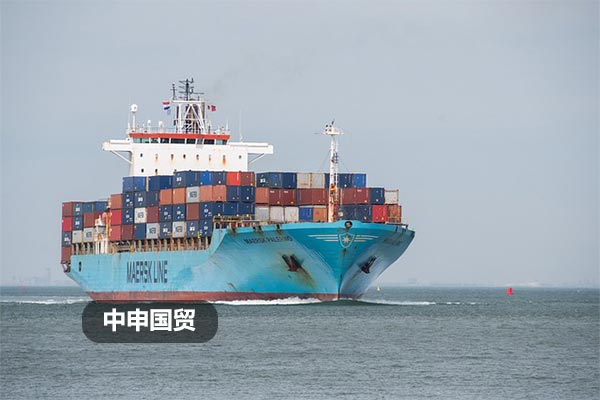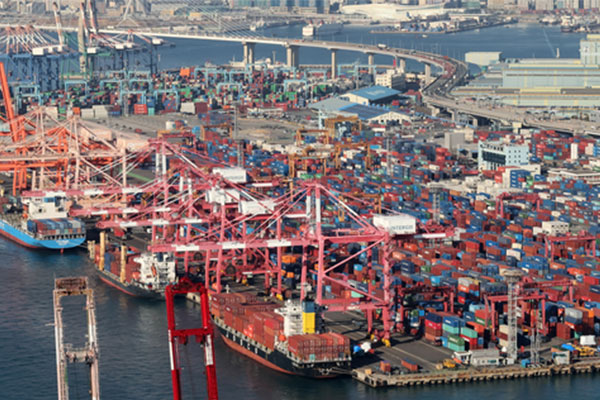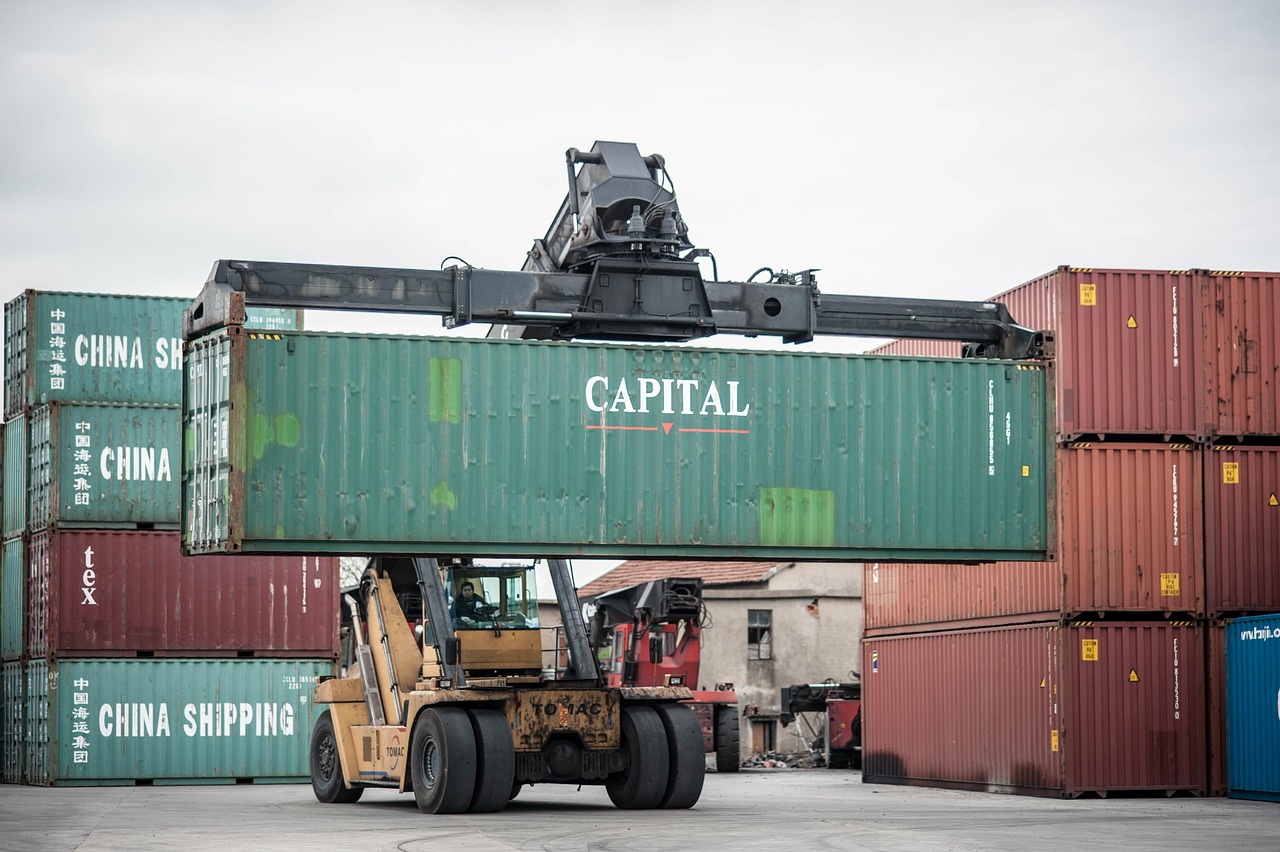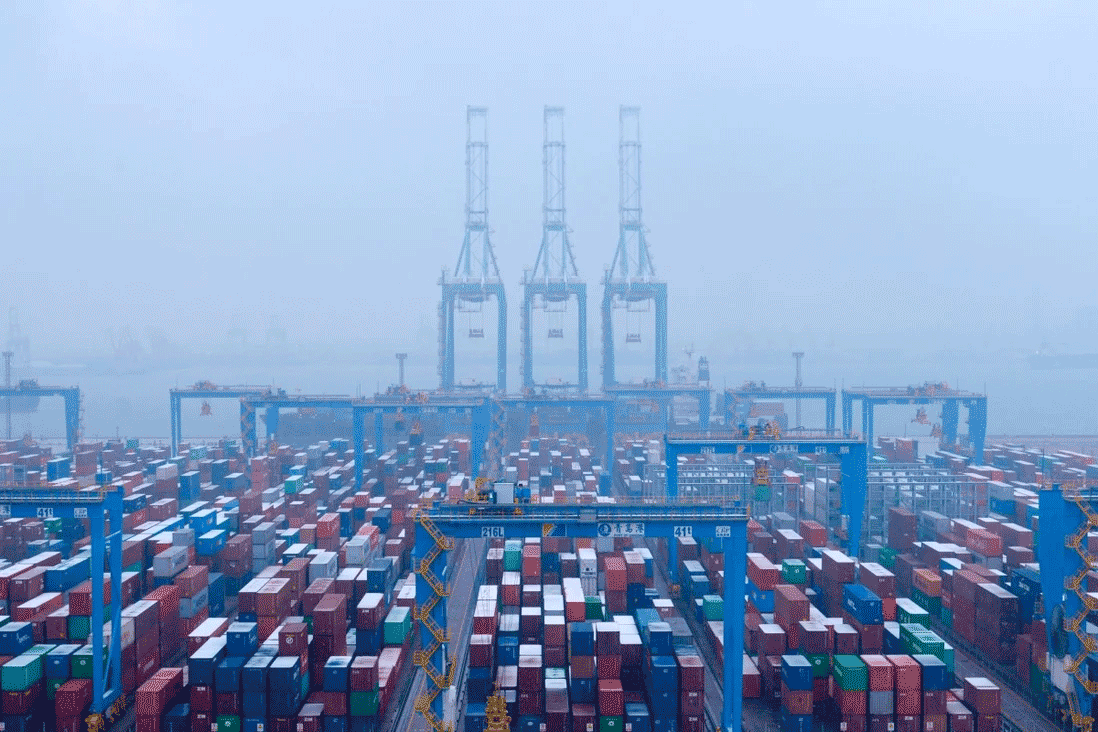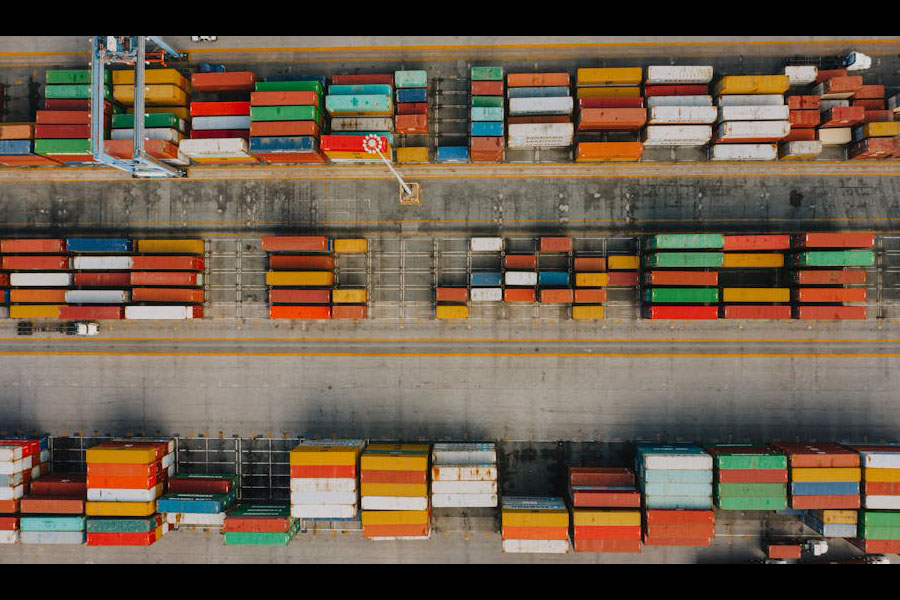- Shanghai Zhongshen International Trade Co., Ltd. - Two decades of trade agency expertise.
- Service Hotline: 139 1787 2118
When engaging in international trade, export enterprises often encounter various tax policies, among which VAT treatment is particularly complex. Many enterprises frequently confuse taxable items with policies such as tax exemption, tax refund exemption, and tax offset refund exemption. So, which VAT items need to be levied in the export process? This article will detail the different VAT policy treatments for export enterprises, which goods are subject to export VAT, and their specific regulations to help enterprises better understand and comply with relevant tax policies.
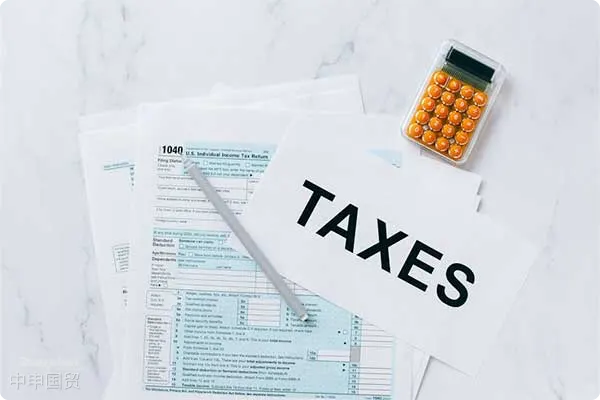
Contents
ToggleI. Different VAT Policy Treatments for Export Enterprises
When engaging in international trade, VAT treatment for export enterprises is mainly divided into three categories: tax exemption, tax refund exemption, and tax offset refund exemption. However, certain goods are subject to VAT in the export process. Enterprises need to handle taxes accordingly based on different policy requirements.
Tax Exemption Policy
The tax exemption policy applies to the export of certain specific goods and services, and enterprises do not need to pay VAT for these items. This policy aims to encourage exports and enhance the international competitiveness of enterprises.
- Tax-exempt goods as stipulated by tax laws
- Goods exported by small-scale VAT taxpayers
- Goods processed with imported materials and re-exported
- Goods exported by non-export enterprises on commission
- Goods exported under the tourist shopping trade method, etc.
Tax Refund Exemption Policy
The tax refund exemption policy means that enterprises can apply for a refund of the domestic input VAT already paid when exporting goods. This policy also aims to encourage exports and reduce the tax burden on enterprises.
Applicable to enterprises or other units without production capacity exporting goods, labor, etc.foreign tradeThe tax offset refund exemption policy applies to most export goods and services. Enterprises can enjoy tax exemption in the export process and offset the VAT paid in the domestic procurement process. At the same time, the remaining input tax can be applied for a refund.
Tax Offset Refund Exemption Policy
Manufacturing enterprises exporting self-produced goods or goods deemed as self-produced
- Providing processing, repair, and replacement services abroad
- Listed manufacturing enterprises exporting non-self-produced goods, etc.
- Listed manufacturers exporting non-self-produced goods, etc.
Taxable Situations
- CancelExport DrawbackGoods and services
- Special sales targets
- Enterprises with export violations
- Enterprises not engaged in substantive export activities, etc.
II. Which Goods Are Subject to Export VAT?
Export taxable goods refer to goods that are subject to value-added tax (VAT) policies during the export process in accordance with current tax regulations. These mainly include "two-high and one-resource" goods, namely high-pollution, high-energy-consumption, and resource-intensive goods. Such goods encompass, but are not limited to, the following categories:
High-pollution Goods
High-pollution goods refer to products that cause severe environmental pollution during production or use, such as steel products and antimony oxides. These products emit large amounts of pollutants during production, so VAT is levied on their exports to control export volumes and protect the environment.
High-energy-consumption Goods
High-energy-consumption goods refer to products that require significant energy consumption during production, such as those related to electricity, heat production, and supply industries. Due to their high production costs and energy consumption, these products are taxed upon export to regulate their production and export.
Resource-based Goods
Resource-intensive goods refer to products produced by consuming large amounts of natural resources, such as coal and other fuel processing products. The export of such products needs to be strictly controlled to protect domestic resource reserves.
III. What are "high energy consumption, high pollution, and resource-intensive" industries?
"Two Highs and One Resource" refers to industries and products characterized by high energy consumption, high emissions, and resource intensity. Specifically, it includes the following six high-energy-consuming industries:
- Petroleum, coal, and other fuel processing industries
- Manufacture of chemical raw materials and chemical products
- Non-metallic mineral manufacturing
- Ferrous metal smelting and rolling processing industries
- Non-ferrous metal smelting and rolling processing industries
- Electricity, heat production, and supply industries
In 2005, the "Outline of the Eleventh Five-Year Plan for National Economic and Social Development of the People's Republic of China" explicitly stated: "Control the export of products with high energy consumption, high pollution, and resource-intensive characteristics... to promote domestic industrial upgrading." In fields such as industrial economy and commodity trade, the term "high energy consumption, high pollution, and resource-intensive" began to be referred to as "two highs and one resource." Industries exhibiting these three characteristics are called "two highs and one resource" industries, and products with these three features in their production process are termed "two highs and one resource" products.
IV. How to Determine Agency Export for Goods Subject to Export VAT?
For export taxable goods, enterprises need to determine whether they qualify as agency exports. If the following conditions are met, they are considered agency exports, and the entrusting export enterprise is responsible for fulfilling tax obligations:
- Sign an agency export agreement:The export enterprise and the entrusting export enterprise sign an Agency Export Agreement.
- Issue an entrusted export goods certificate:The entrusting export enterprise applies to its competent tax authority for the issuance of an Entrusted Export Goods Certificate in accordance with regulations.
- Issue an agency export goods certificate:The export enterprise applies to its competent tax authority for the issuance of an Agency Export Goods Certificate.
Other forms do not qualify as agency exports, and the export enterprise must declare and pay VAT as self-operated export taxable goods.
According to Article 7, Paragraph (2) of the Notice of the Ministry of Finance and the State Administration of Taxation on VAT and Consumption Tax Policies for Export Goods and Services (Cai Shui [2012] No. 39), the VAT payable for export goods and services subject to VAT taxation policies shall be calculated as follows:
General VAT Taxpayer Exporting Goods
Taxable sales amount = (FOB price of export goods – value of bonded materials used in processing trade) ÷ (1 + applicable tax rate) × applicable tax rate
- If the export goods have already calculated the non-deductible and non-refundable tax amount based on the difference between the levy and refund rates and transferred it to costs, the corresponding tax amount shall be transferred back to input tax.
- Export enterprises shall separately account for the production costs and main business costs of domestic sales goods and VAT-taxable export goods. If not separately accounted for, the corresponding production costs and main business costs shall be determined by the competent tax authority.
Small-scale VAT Taxpayer Exporting Goods
Tax payable = FOB price of export goods ÷ (1 + levy rate) × levy rate
Conclusion
Understanding and complying with the value-added tax (VAT) policies in the export process is crucial for export enterprises. By clarifying the scope of taxable goods for export, comprehending the definition of "high energy consumption, high pollution, and resource-intensive" (the "two highs and one resource") products, and mastering the judgment criteria for agency exports, enterprises can better conduct tax planning and ensure compliant operations. It is hoped that this article can provide valuable references and guidance for export enterprises, assisting you in handling tax matters more smoothly in international trade.
Related Recommendations
? 2025. All Rights Reserved. Shanghai ICP No. 2023007705-2  PSB Record: Shanghai No.31011502009912
PSB Record: Shanghai No.31011502009912
